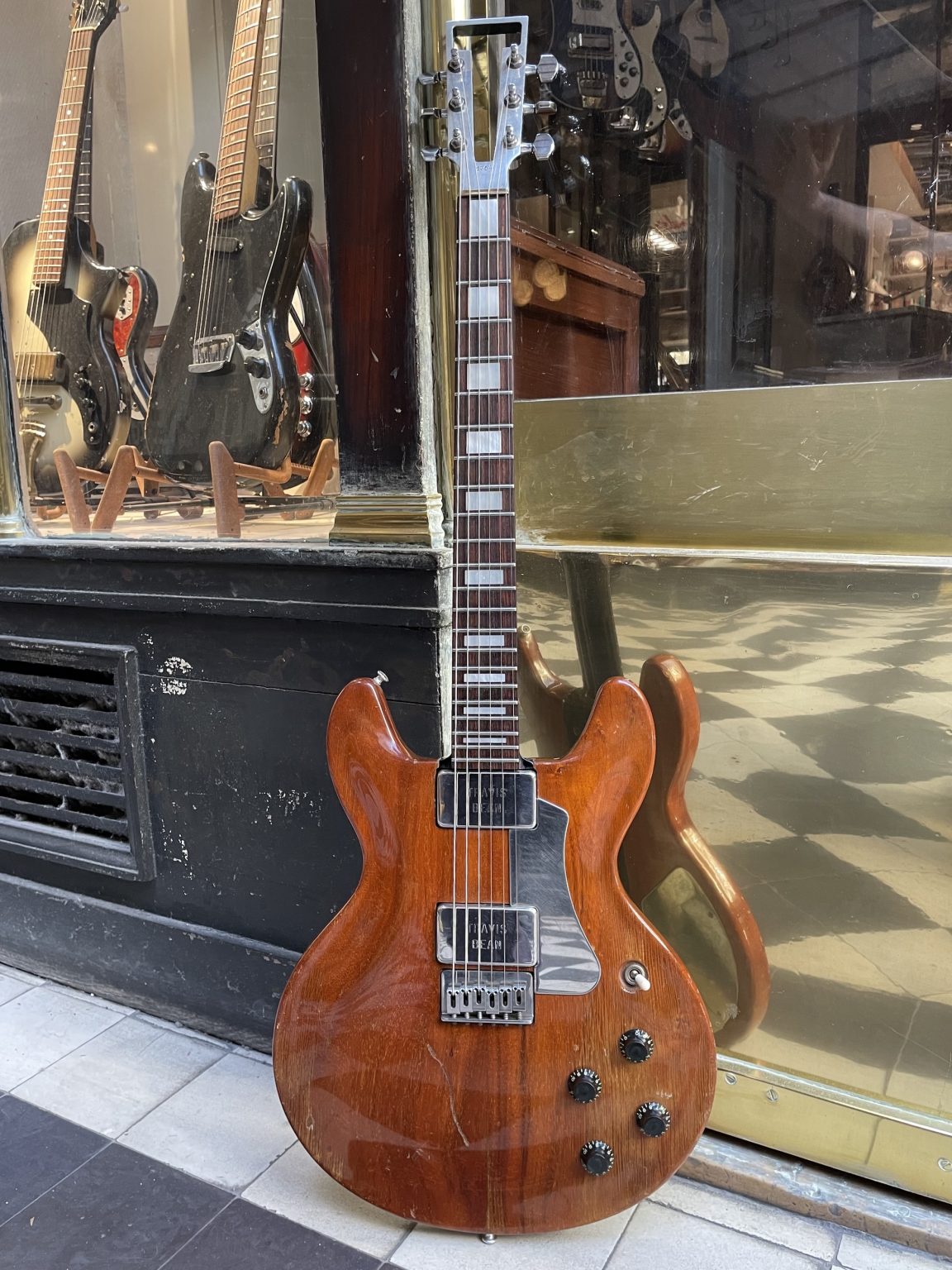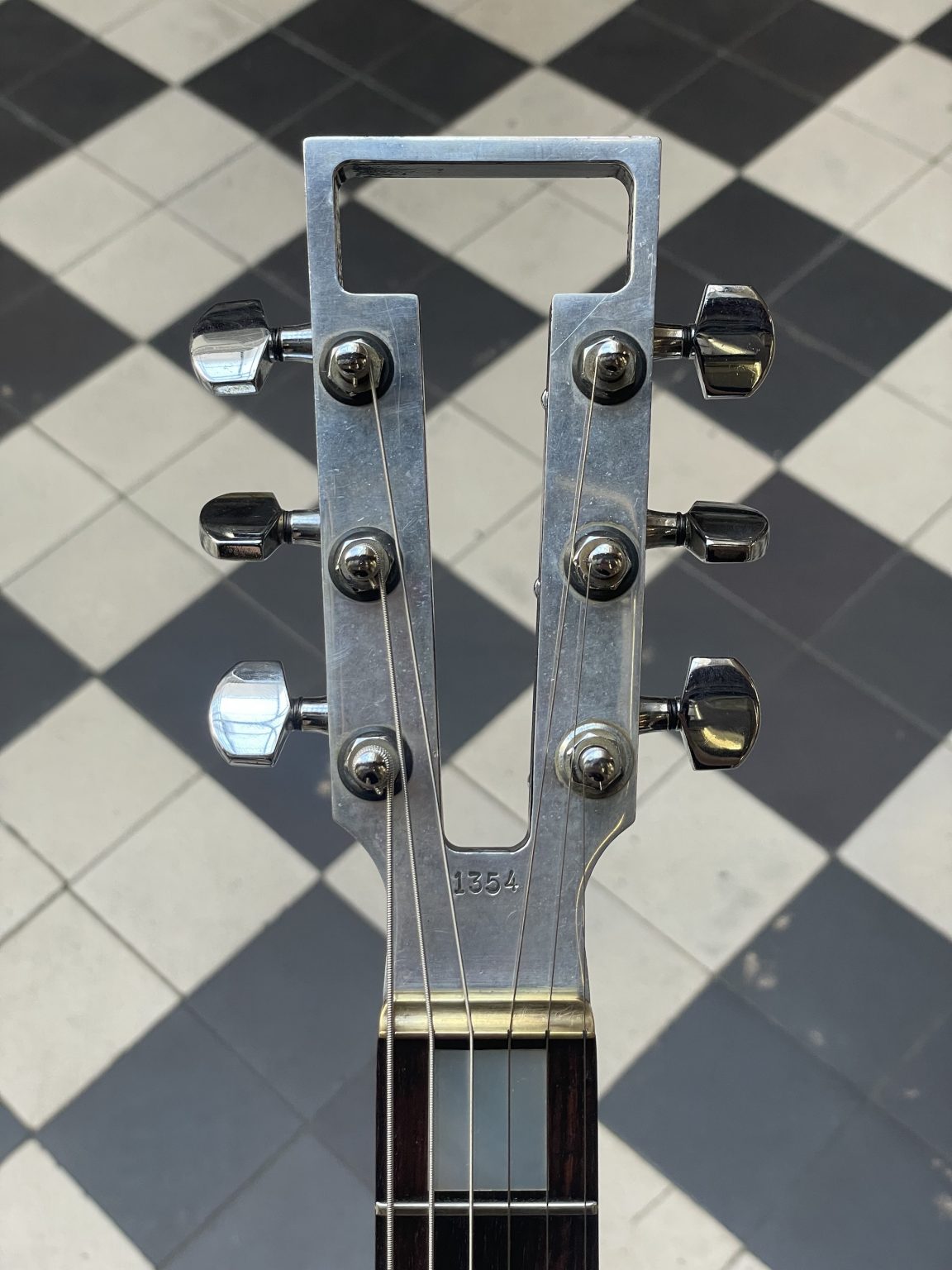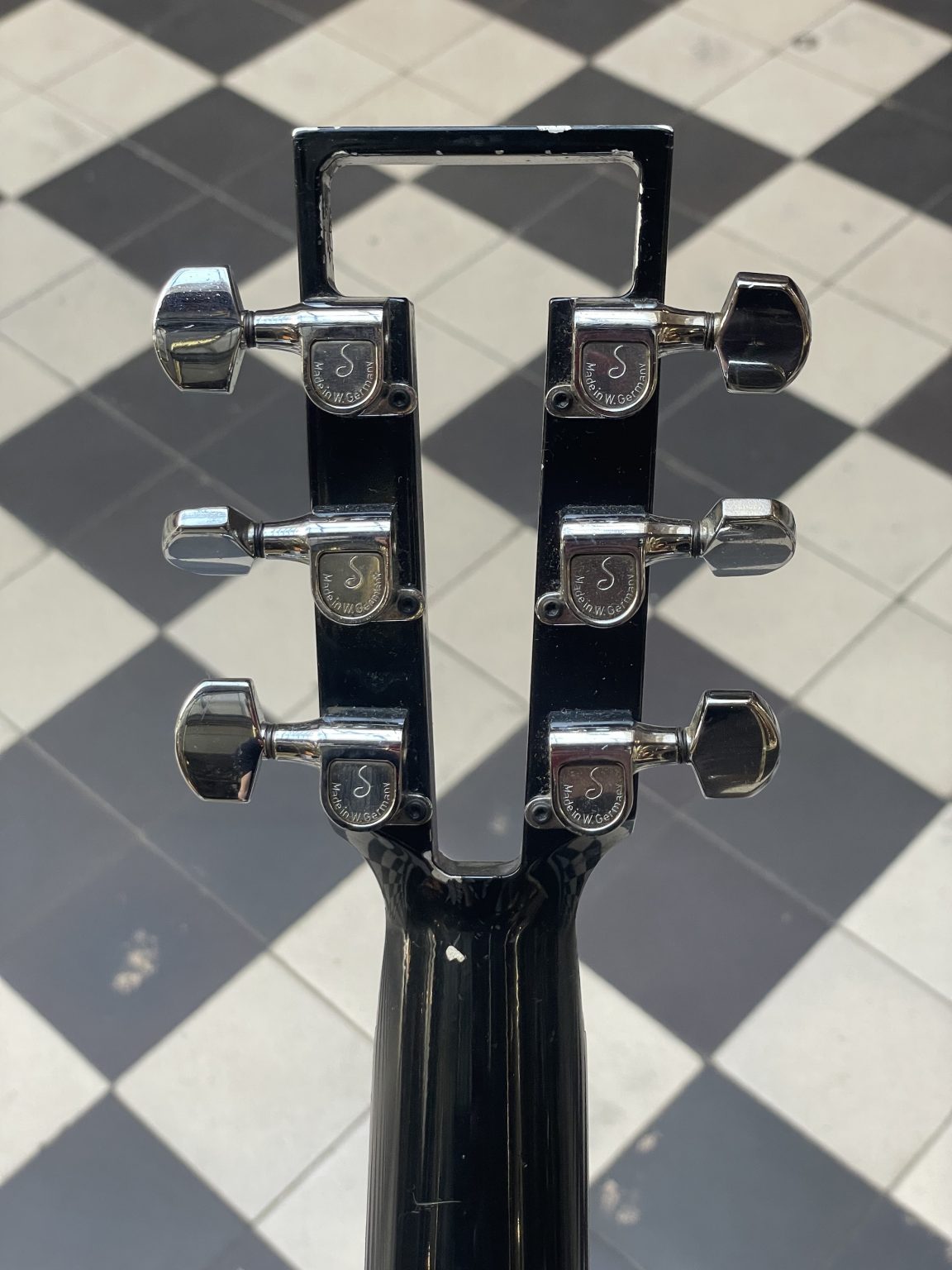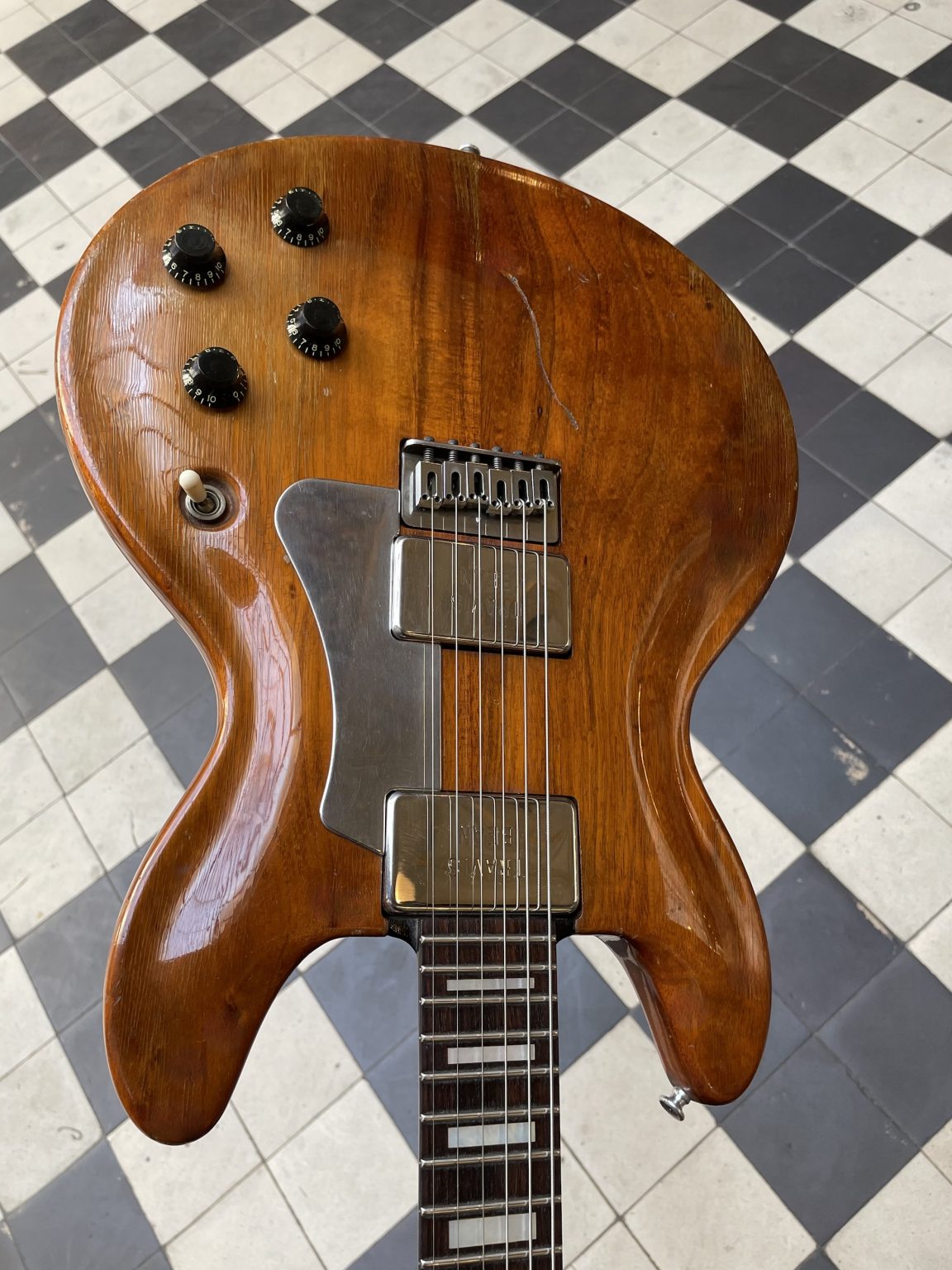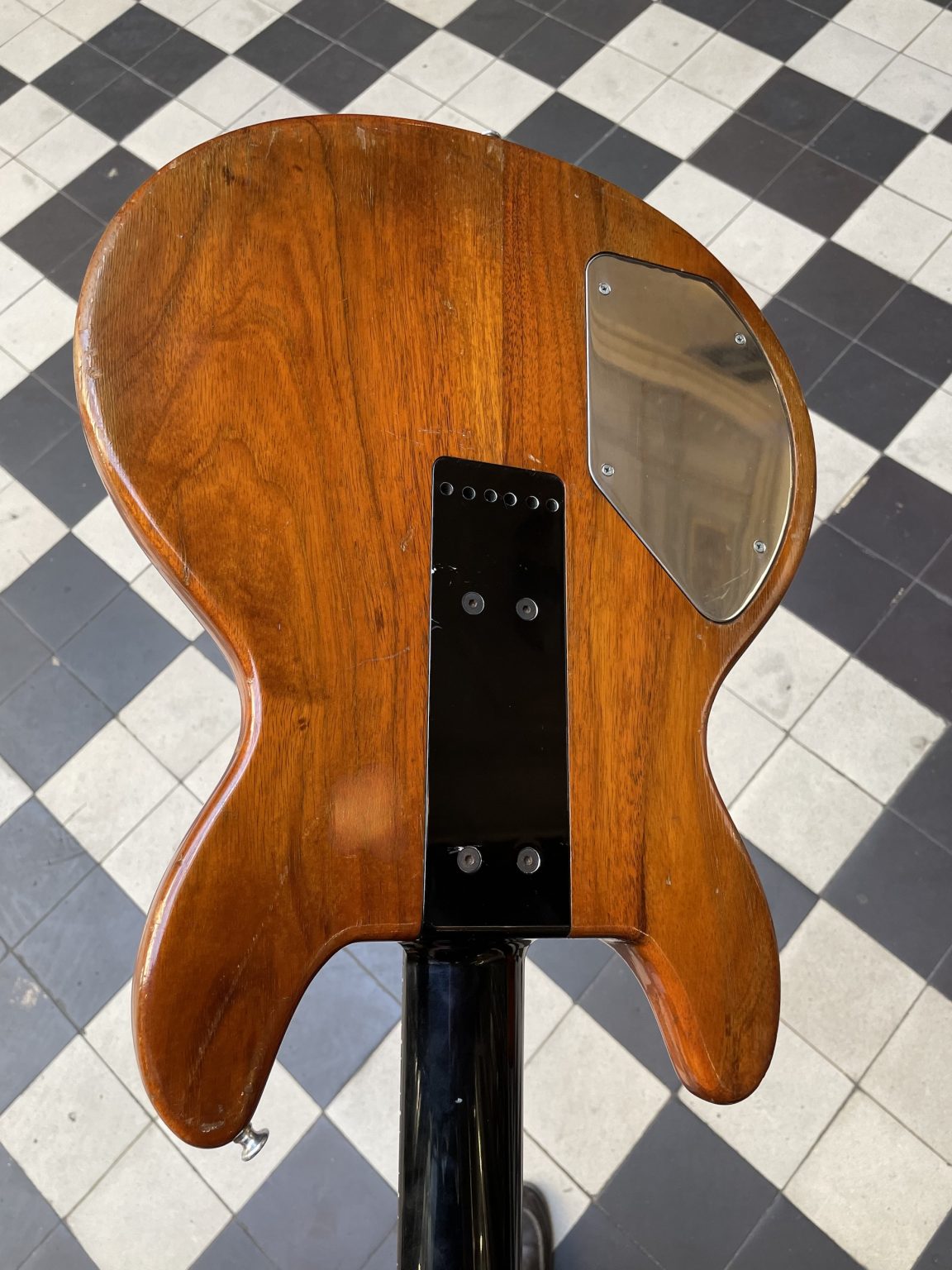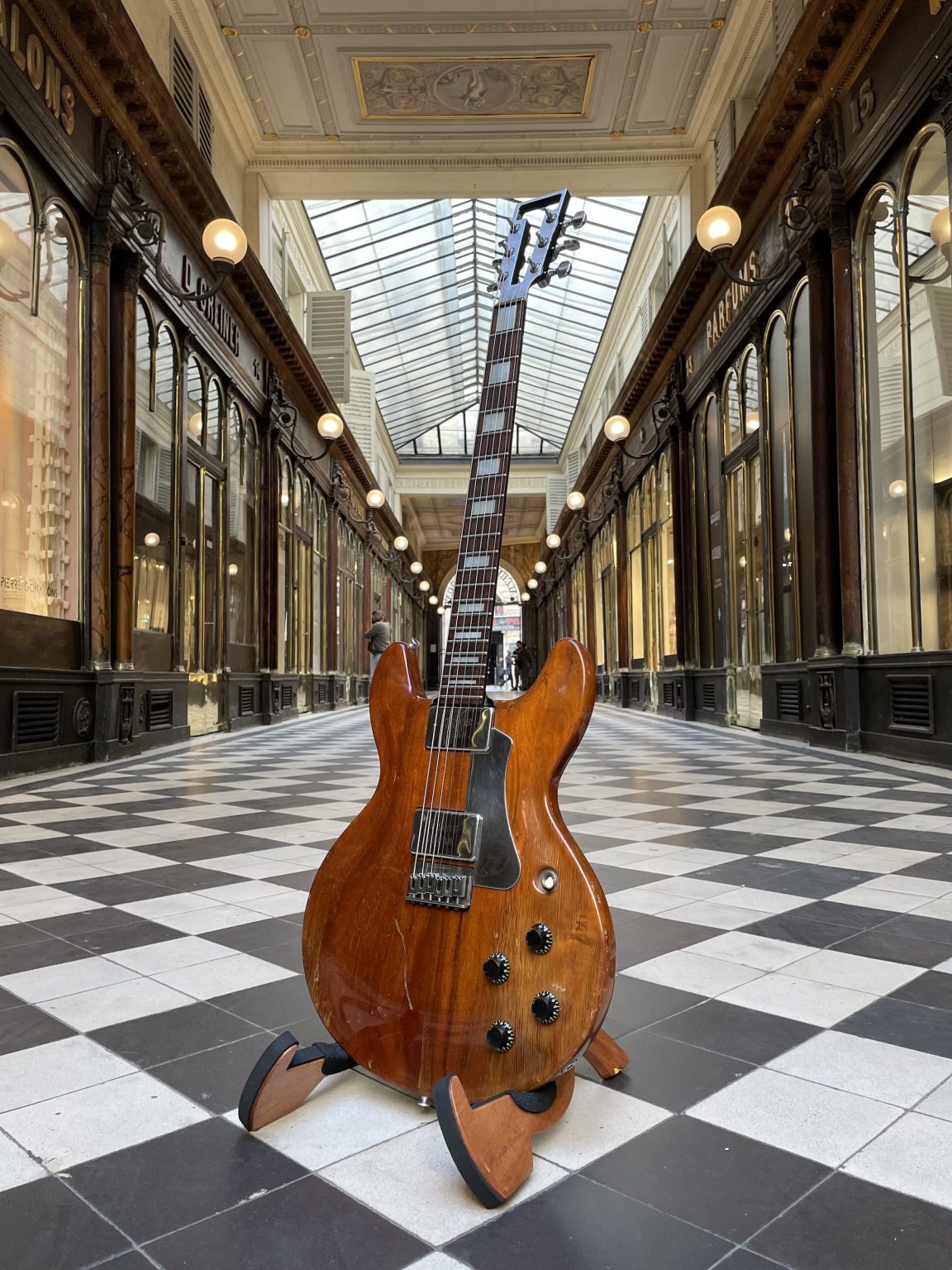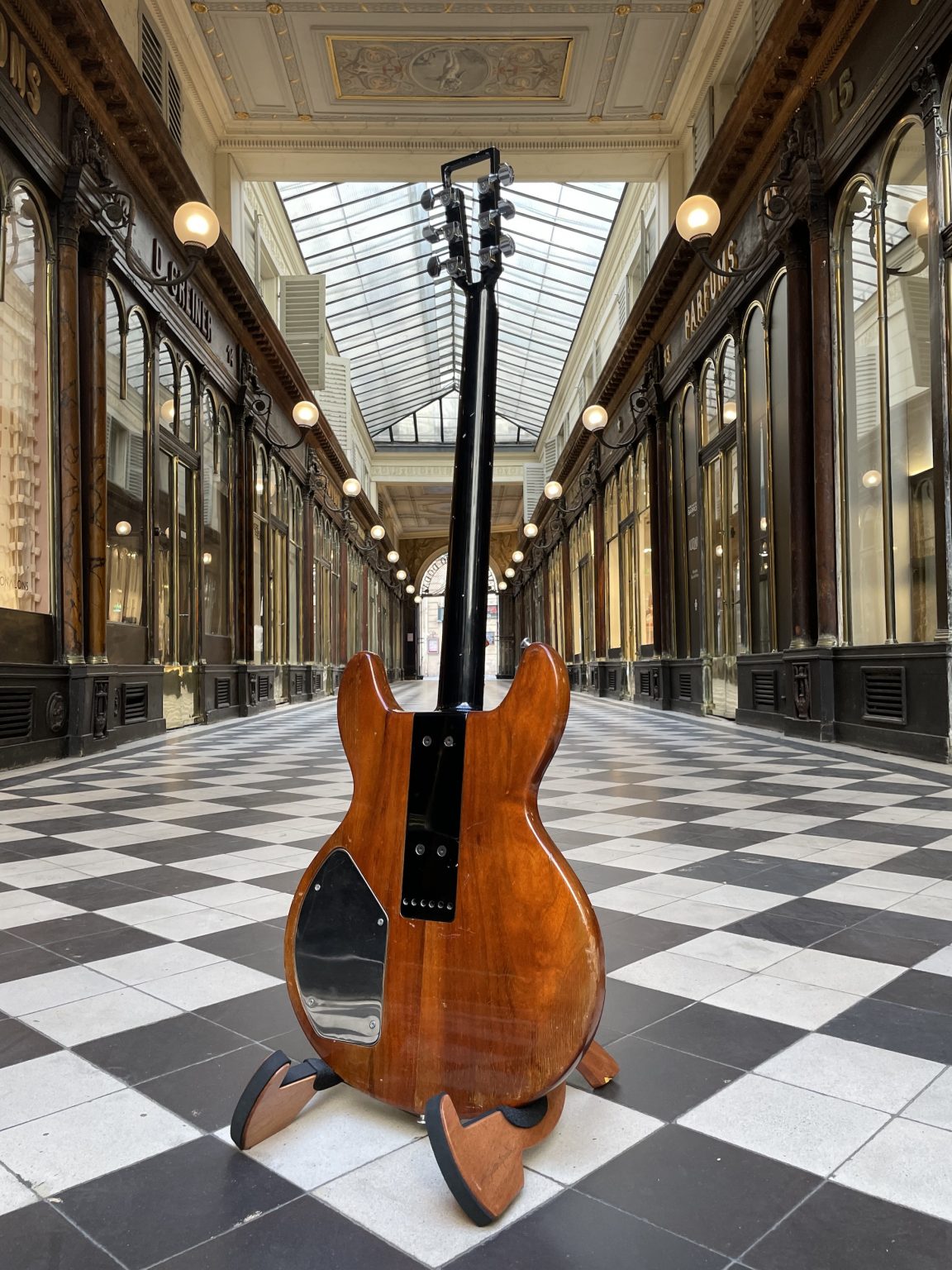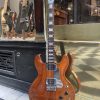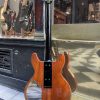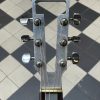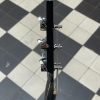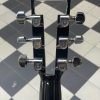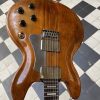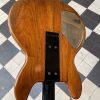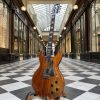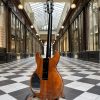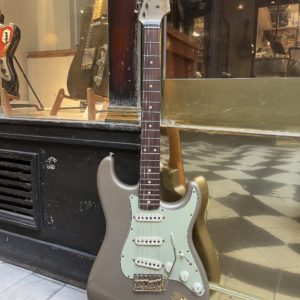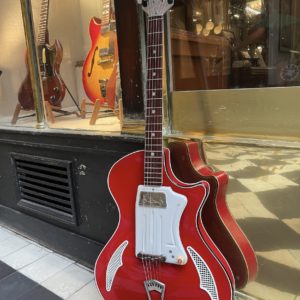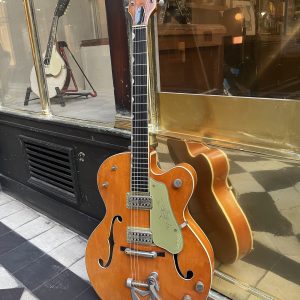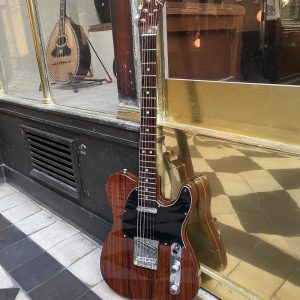1978 TRAVIS BEAN TB1000A
€8.850,00
In stock
The prices indicated correspond to the price in the case of payment in-store or by bank transfer. In the case of payment by credit card via the website, a processing fee of [3.25% + €0.25]* will be applied to the total amount of the basket, including delivery costs.
Travis Bean TB1000A from 1978, in very good condition.
This striking 1970s instrument is a very fine example of the Travis Bean TB1000A Artist, the top-of-the-line model from the Californian manufacturer’s short-lived production run. It combines an aluminum neck/centerpiece with a carved solid koa wood body and a rosewood fingerboard inlaid with mother-of-pearl blocks. The builder also offered the TB1000S Standard model, similar in general shape but lacking the carved, lightweight body of the TB1000A, the entry-level TB500, and the eccentrically shaped Wedge models. Among these guitars, the TB1000A is considered to be the brand’s “classic,” the most recognized and most frequently seen in the hands of many great artists.
The Travis Bean company was founded by former motocross racer and longtime tinkerer Clifford Travis Bean, initially with two partners: guitar tech Marc McElwee and Gary Kramer (the latter would later found his own guitar factory along the same lines as Travis Bean). Their advertisements boasted that their aluminum-necked models were “the first innovation in the electric guitar since the 1930s” – it’s unclear whether they remembered the early cast-aluminum Rickenbacker guitars or the pre-war Gibson lapsteels with composite wood and metal bodies that had long since paved the way they intended to embark on! On the other hand, in a musical landscape populated for the past 20 years by solidbody guitars produced by Fender or Gibson with well-established and familiar shapes, it goes without saying that the Travis Bean guitars made a splash—and thus gained favor with musicians seeking unusual guitars, including Bill Wyman and Jerry Garcia. Today, they are perfectly at home in a number of noise-rock bands as well as a myriad of musical subgenres where the raw industrial look of the instrument complements the sonic ambiance.
The center section of the body, whose design is trademarked by Bean, is machined from aircraft-grade aluminum, extending from the headstock to the bridge. The interior of the piece is grooved along its entire length to lighten the body somewhat and enhance its resonance. This metal piece is mounted on a solid koa body finished in a natural varnish that highlights the wood’s patterns. The Standard, Artist, and Wedge models were equipped with in-house humbucking pickups, engraved with the Travis Bean name on their covers—the only logo on the instrument, aside from the “T” cutout on the headstock. These pickups offered exceptional power and sonic clarity and enjoyed an excellent reputation.
In late 1977, the company temporarily closed to reorganize production. After reopening in the summer of 1978, several changes were implemented to reduce costs and address common criticisms of the guitars. The cutaways were widened and the bodies were thinned by nearly half an inch to reduce weight. A black neck paint finish was introduced as an option, in response to complaints about the cold feel of raw aluminum. The instrument presented here is from this second period, and thus incorporates the new features detailed above. It remains in very good condition to this day, with some signs of wear and a nice checking of the varnish. The guitar is complete with all its original main parts, with the exception of the potentiometer knobs and a volume potentiometer. Fully adjusted for playability in our workshop, we performed fret levelling, crowning and polishing, and a complete adjustment of the action and intonation at the nut and bridge—all the work necessary to fully exploit the qualities of this musical instrument. The action is low and comfortable, with enough relief in the neck for the entire fingerboard to be playable without buzzing or dead notes.
Sold in a modern gig bag.
Related products
-
1959 GRETSCH 6120 CHET ATKINS
€19.000,00Original price was: €19.000,00.€16.800,00Current price is: €16.800,00. -
1971 FENDER TELECASTER ROSEWOOD
€28.000,00Original price was: €28.000,00.€25.900,00Current price is: €25.900,00.


